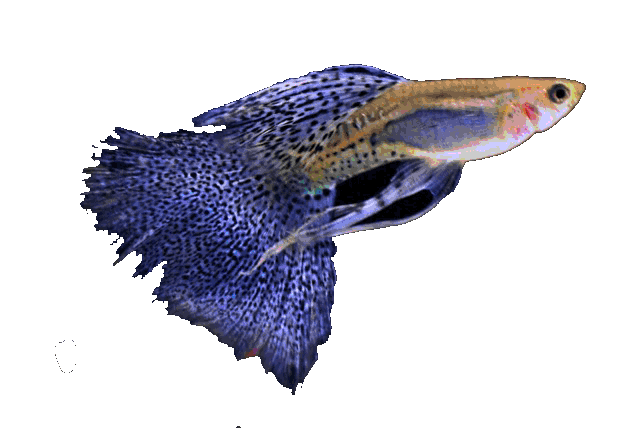



Basic data:
Scientific name: Jenynsia lineata (Jenyns, 1842)
Explanation of words : Jenynsia ( after the English priest, writer and naturalist Leonard Jenyns, a zoologist at the University of Cambridge)
Slovenian name: Črtasta jeninsia
Group: Livebirds
Source: Rio Grande do Sul in Rio de la Plata ( southern Brazil, Uruguay and Argentina )
Size: up to 10 cm, males 4 cm
Biotope / Habitat : Clean shallow water, lots of vegetation and oxygen
Social behavior: A group fish, in principle calm fish, but it can show a certain aggression, especially with a small number of fish.
Diet: Insects, crabs, fleas and bedbugs, worms, ... live and frozen food with the addition of dry food
Cultivation: medium demanding (3/5)
Aquarium: Minimum 100 liters
Population: schools of fish per 100 liters of water
Decoration: darker sand-gravel, stones, roots - debris and many plants and moss.
Temperature: 16-25 ° C
pH: 7.5-8.5
Hardness: from 8 ° dGh to 15 ° dGh
Lifespan: 3-5 years
Jenynsia lineata
Striped Jeninsia
Kingdom: Animalia / animals
Trunk: Chordata / string players
Class: Actinopterygii / arthropods
Order: Cyprinodontiformes / Toothpicks
Family: Anablepidae / quadrupeds and relatedness
Genus: Jenynsia
Type: Jenynsia lineata ( Jenyns , 1842)
Cultivation
One of the extremely rare and special fish in aquaristics. It needs a medium-sized aquarium with crystal clear water, medium current, rich oxygen-saturated water, lots of plants (Sagittaria, Echinodorus uruguaiensis, ...) and light. Tolerant of parameters. Fish behave quite socially in larger schools, and when only a few fish are farmed, they can become aggressive, otherwise very active and imaginative fish. They can be grown at room temperature and do not need a heater, regular water changes 20 to 25% per week, strong ventilation, open space for swimming. They are accompanied by ground fish from their area (C orydoras hastatus and Otocinclus )
Food
Live or frozen food of animal origin with the addition of plant foods (algae or cooked vegetables). Diverse in small amounts as many times a day.
Reproduction
Fish are one-sided live-bearers (see below). We put at least 6 fish in a heavily overgrown aquarium, two males to 4 females. Fish are sexually mature after three months or 3 cm in males and 5 cm in females. With a larger number of fish, in principle, there is no problem with fertilization in terms of one-sidedness, the secret of the difficulty of reproduction lies in the diet of parent fish. Feeding 1-2 times a day for the life of fish is quite sufficient, but for reproduction they urgently need quality, varied and protein foods in smaller amounts every couple of hours. Let's take care of their metabolism.
If we meet all the necessary conditions, a mature female has every 2-5 weeks from 10-20 pups that are about one centimeter. Before hatching, the female is transferred to her aquarium with lush vegetation, the fish are big cannibals and this is the only way we manage to survive the young. In the first days, the young are fed with animal plankton, minor insects, artemia, ....
Interesting
Fish have a very unusual structure of reproductive organs located in individual fish on the right or left side. As a result, a left-handed male can only breed with a right-handed female and vice versa.
The fish are gray-brown with a lilac, green or cobalt-blue hue. There are 6-8 broken bands along the whole body - dashed. The fins are slightly greenish. Males and females have the same color. Unfertilized females have an orange spot on either the left or right side above the anal opening. There is a big difference in size between the sexes - females grow up to 10 cm in length, while males reach a size of up to 4 cm.
The species is viviparous, the matrotrophic method in the genus Jenynsia provides embryos through trophotenia not only nutrition, oxygen and vitamins that embryos need, but also eliminates harmful metabolites. All this happens in the pseudoplacenta (membrane organ that acts as a placenta). This type of viviparousness differs from the viviparous nature of live-bearing Mexican carp (Goodeidae). Unlike live-bearing Mexican carp, which cannot store seed for later litters, the genus Jenynsia can.
Jenynsia lineata is the first described species of the genus Jenynsia , named after the English priest, writer and naturalist Leonard Jenyns, a zoologist at the University of Cambridge.
Today, the species J. multidentata is often mistakenly named as J. lineata . Jenynsia multidentata lives in a much larger area and is found in fresh, tropical and seawater, from sea level to 2000 meters above sea level. Withstands large temperature changes (3-30 degrees). The pattern and colors are quite similar.


